The Overlooked Keys to a Successful Scale-Up Business
Still, every startup founder dreams about scaling a business and getting high ROI while introducing a product many of us need. They want to grow revenues exponentially, enter new markets, and increase their brand awareness.
But in today’s competitive environment, expanding your size and scope requires strategic planning and flexibility. And a financial forecast, engaged staff, and streamlined workflow are only a few vital components of your success.
Check if you’ve missed other factors that impact your rapid progress. Learn the practical steps on how to scale a company and maintain its sustainable growth.
Understanding the Concept of Scaling
What is scaling? Is it similar to fast growing? How do startups differ from scale-ups and other developing businesses? And do you define a scalable business? Let’s explore.
Definition and Importance
Growing a business means getting larger revenues, while new deals are backed by new resources. An owner generates revenue streams by increasing expenses on technology, staff, or capital. Even if the growth happens rapidly, it implies a proportional increment of costs.
Scaling assumes you boost revenues fast but without the prorated rise of expenses. They can go up insignificantly, if at all.
The Organization for Economic Co-operation and Development (OECD) defines scale-ups as “enterprises with at least ten employees at the beginning of a three-year period that saw average annual growth of over 10%. Future analysis will also adopt a complementary 20% threshold.”
But are scale-ups similar to startups?
Startups are new companies that sell innovative, unique, and wanted products. They continuously improve these products by analyzing customers’ feedback. While startups only test the solution and create the profit-making plan, scale-ups already have a well-structured business model.
So, scale-ups are startups that haven’t failed, merged with larger companies, or turned into an entity expanding at a regular rate. Here are the major distinctions between the two:
| Startups | Scale-ups | |
| Focus | Finding the product that customers will buy by testing and improving. | Dominating the current and expanding to new markets. |
| Team | Limited: 5-15 people. Each team member usually covers several roles. | Middle to large: 30+ people. Each employee is dedicated to specific functions. |
| Processes | Poorly optimized, often inconsistent. | Organized, mature, and mostly automated. |
| Business Model | Not well-structured yet (not segmented target market, poorly developed pricing strategy, etc.) | Robust with defined revenue streams and value proposition. |
Key Elements of Scaling
Market scaling has a few vital components that allow companies to maintain a competitive edge:
Profit margin. Gross margins demonstrate how effective your marketing, pricing, and cost strategies are. Your cash on hand shows how well you can cover debts, invest in expansion, and compete with rivals.
Efficiency. Balancing the lack of resources, the need for innovation, and limited budgets is challenging. So, startup founders continuously look for new ways to optimize workflows and prioritize tasks.
Adaptability. The ability to quickly respond to market changes, test new ideas, and adjust strategies allow startups to thrive. Continuous learning and flexibility are keys to your adaptability.
Scaling never happens by chance, it’s a result of a sound strategy. An effective CEO ensures everyone on a team understands the long-term goals and tends to achieve them.
According to Daniel Marcos, Co-Founder and CEO of Growth Institute — a 12-year-old online training company with 40,000 members across 64 countries — a good business scaling strategy should:
- Be actionable, measurable, and well-defined.
- Cover all the aspects, including the financial targets, customer experience goals, mission and vision statements, etc.
- Consider potential risks and opportunities.
- Show the bigger picture rather than provide a short-term focus.
Critical Factors for Successful Scaling
Businesses need to embrace a complex of aspects to survive in today’s market. The demands for scale-ups to survive in high-pressure environments are even stricter and include these core elements.
Robust Financial Plannining
CB Insights found that 38% of startups fail because they run out of cash. Moreover, this reason tops the list of causes for startups’ fiascos.
Even when you’re not a startup, attracting the right investor and managing the company’s funds effectively remains your top priority.
Here are the strategic steps for securing adequate funding and managing expenses during the market scaling:
- Compile and analyze financial statements for the last few years. This data lets you see past trends and pinpoint problematic and successful areas. These reports help you procure investors.
- Prepare cash flow and profit-and-loss statements for the next 12 months. They show potential sale opportunities, significant investments, and regular costs. Financial forecasts reveal the profitability of your business.
- Review and adjust your projections frequently. Analyze discrepancies between planned and actual numbers and update data as new information appears.
Pro Tip: Use financial forecasting software for more accurate and faster budget estimation.
Optimized Operations and Processes
Processes held in small teams rarely work for scale-ups. Going to the next level, innovative scale-ups need more people.
Or, when a SaaS startup plans to double its user base, it’s critical to grow server capacity and ensure proper customer support.
Such changes imply workflow optimization and process automation.
A few instruments that help you reorganize work are automation tools for:
- Customer Relationship Management (CRM)
- Email sending
- Content creation
- Marketing campaigns
- Lead generation
- Project management.
Another critical but often overlooked instrument is business process mapping (BPM). It assumes crafting flowcharts that visualize operations within your company as separate tasks.
It eliminates confusion and errors, highlights ineffective operations, allows you to track your service or product journey, and covers other tasks improving project management. Use the BPM type that suits your case best.
Strong Leadership and Management
As businesses evolve, top managers and founders become the main inspirational power for their employees.
Supportive leadership makes teams effective and innovative by promoting trust, openness, and creativity.
By their own example, an effective leader builds a growth mindset. This encourages team members to accept challenges and master new skills.
As a result, your company becomes more adaptable and innovative.
The sense of shared goals and customer-centric approach within your team are vital elements of a business scaling strategy. They enhance goal alignment and customer satisfaction.
Technology and Innovation
Technology is aimed at making your and your team’s work easier and your customers’ lives happier as your company scales up. So, invest in the right technology to support your growth from various perspectives.
Your data-driven decisions define scalable business models. That’s why implementing BI (Business Intelligence) tools is vital for the analysis of your performance and getting valuable insights timely.
Your crew can leverage the automation tools mentioned earlier to build effective workflows. These can be lead generation, content creation, email campaign automation, CRM, and other tools.
NOTE! Delegating repetitive tasks to AI levels up your staff’s productivity and cuts your costs.
Sustainable expansion isn’t possible without prioritizing your customers’ needs for technologies. Whether it’s improving your website or extending your product’s tech stack, you grow customer loyalty.
Building a Resilient Team
Before you start hiring new experts, ensure all of your current ones have the necessary skills and are adaptable to the coming changes. One option is to augment their teams with external specialists for additional support during the scaling process.
Here you have to balance the two extremes:
- Leaving loyal employees who lack skills and flexibility. Adaptability and expertise are more valuable for a rapidly expanding scale-up.
- Hiring a brand new team. Despite the fresh perspectives of the new members, your crew loses the “tribal knowledge.”
Next, you need to foster communication and collaboration in the mixed team. Help the present employees embrace the changes, while smoothly integrating new hires.
The adaptation of both parties happens similarly to that in expanded team or dedicated development team. All the members need temporary assistance to bridge the gap and get synchronized.
Overcoming Common Challenges
Success stories of scale-ups vary due to the different backgrounds of their founders, time and place contexts, and many more factors.
Still, common constraints exist. Let’s check them.
Managing Rapid Growth
When you take on too much and do it too fast, beware of the overextension.
It can lead to financial instability, ineffective management, and poor performance. Eventually, you fail to meet customer expectations.
To maintain focus and avoid burnout, you need to plan for resources and infrastructure aligned with your financial forecast.
Some of the key steps to avoid overstretching while crafting your business scaling strategy are:
- Assess your current resources. Consider how much your existing employees can take on. Check if your crew lacks skills and find the options to fill this gap (in-house hiring, team extension, BPO outsourcing, etc.).
- Explore how to improve your infrastructure. Research which tools streamline your processes and help your team boost productivity. Automate repetitive tasks and allow your staff to work on expertise-requiring tasks more.
- Plan for realistic repayments. Taking too much money for short-term growth jeopardizes the financial health of your scale-up. Having high debts results in giving equity and losing control over your company.
Maintaining Company Culture
McKinsey interviewed 20 B2B SaaS founders of startups with $100+ million of ARR (Annual Recurring Revenue). Most of them stated that culture was the main success driver during their market scaling.
Your company’s culture embraces the three fundamentals:
The corporate culture shows up in your business goals, communication patterns, and company values. During the tough times of high workload, values become the bedrock your team relies on.
Your employees need to feel welcomed, supported, appreciated, and connected to be productive. You, as a leader, should transmit this attitude to fuel their engagement and focus on the strategic goals.
How do you foster a positive, cohesive work environment?
Here are a few techniques:
- Co-think values with your team and regularly refresh them.
- Make projects transparent to keep everyone in sync.
- Support inclusion and diversity.
- Arrange Q&A sessions to encourage trust and exchange of ideas and feedback.
Handling Increased Customer Demands
An evolving customer base is an achievement and a challenge. You need more agents for responsive customer service and fast ticket closing.
Some strategies that allow you to improve your customer service and satisfaction while scaling a business are:
- Use chatbots for 24/7 support. They can resolve minor issues, gather data, and route customers to relevant representatives.
- Create a knowledge base. It helps agents resolve queries faster, while users can do it on their own.
- Implement AI-driven software to help agents. Such tools show needed information, address the right agents, and offer optimized responses.
- Outsource a dedicated support team. Enhance your crew with several external agents or outsource the entire customer support team cost-effectively.
3 Practical Steps to Scale Your Business
How do you ensure your team, infrastructure, and systems are ready for rapid growth?
Here are 3 steps on how to scale a company.
1. Strategic Planning and Goal Setting
A clear roadmap is essential for successful scaling. Hubspot reveals that 52% of 300 interviewed US managers state they reach goals more often with the SMART framework.
Source: HubSpot
SMART goals ensure you carefully plan and structure your vision. They give you:
- The bedrock for assessing performance. You see if the targets are met and analyze reasons for poor efficiency.
- Long-term perspective. You split the entire journey into small steps and see the bigger picture.
- Motivated staff. Each of your employees sees measurable and clear goals and understands how they can contribute.
- Focus on the business objectives. You show how individual targets align with the principal goal. This way, diverse teams work toward common objectives.
Setting goals is the first step of your comprehensive scaling strategy.
Here’s the complete to-do list:
- Set goals and create lead generation, marketing, and financial plans
- Optimize workflows and document your processes
- Assemble a high-performing team and delegate tasks
- Integrate AI-powered tools
- Assess KPIs
- Find market opportunities
- Collaborate with industry partners
- Analyze feedback and respond to your customers’ needs
- Invest in consultancy.
2. Leveraging External Expertise
You need to hire FTEs (Full-Time Employees) strategically. This means they should be skilled, as you don’t have time for training when scaling a business.
But not every role has to be covered by in-house employees, so consider hiring remotely. For instance, tech scale-ups can leverage dedicated development teams.
If you need experts for 10-30 hours a week or can’t commit to long-term cooperation, hire technical consultants part-time. Your external partner can also be a C-level executive like a fractional CTO, CFO, COO, etc.
The benefits of engaging external experts are:
| Benefits | Description |
| Getting the required expertise | Sometimes it’s hard to find professionals with the mix of skills your project needs. |
| Fast availability of consultants | Mature vendors hire dedicated professionals within 5-8 weeks. Part-time consultants are often available within days. |
| Cost-effective hiring | Salaries of professionals from Eastern Europe, LATAM, APAC, and other regions are lower because of the lower cost of living. |
| Back-office support | You don’t need to worry about payroll payments, taxes, reporting, and legal compliance related to your consultants. |
The criteria for selecting the right external specialists and their hiring format are behind these answers:
- Do I need part-time consultants, an extended team, or a dedicated team?
- Do they possess the required skills and experience?
- Are they located in a comfortable time zone?
- Do they share my values?
- Are they of similar mentality?
- How soon can they start working?
- Do I have to commit to long-term cooperation?
As for selecting the vendor, check its reliability and relevant use cases. Also, your ideal hiring service provider:
- Is of the same size as you
- Offers flexible hiring solutions
- Onboards professionals in your preferred location
- Shares the risks of the wrong hire
- Ensures stability of your cooperation with experts.
3. Continuous Monitoring and Adaptation
Frequent review of your performance is one of the criteria that define a scalable business.
Regular assessments of KPIs allow you to notice potential issues with your people, systems, or workflows and address them promptly.
Continuous monitoring allows you to keep your efforts aligned with business objectives. It lets you adapt the strategy towards further scaling and consider critical changes in the market.
In the table below, we mention top indicators (grouped by categories) that scale-up CEOs monitor. Also, we add a few instruments that help you get this data.
| Category | Metrics | Tools |
| Revenue | Monthly recurring revenue (MRR) Gross profit margin Return on investment (ROI) Cash burn rate | ProfitWell Apollo.io Profix Software |
| Customer satisfaction | Customer acquisition cost (CAC) Lifetime value (LTV) Customer retention rate (CRR) Conversion rate Customer satisfaction score (CSAT) | HubSpot Survey Monkey Qualtrics |
| Employee engagement | Employee Net Promoter Score (eNPS) Retention rate Employee Satisfaction Index (ESI) | BambooHR ClickUp Basecamp |
To Sum Up
Thorough financial planning, optimized workflows, supportive leadership, advanced technologies, and a high-performing team are the pivotal factors for scaling your business.
Strategic planning, engaging external experts, and continuous monitoring and adaptation are the practical steps for successful scaling. Consider the discussed strategies to check if you have missed any aspect.
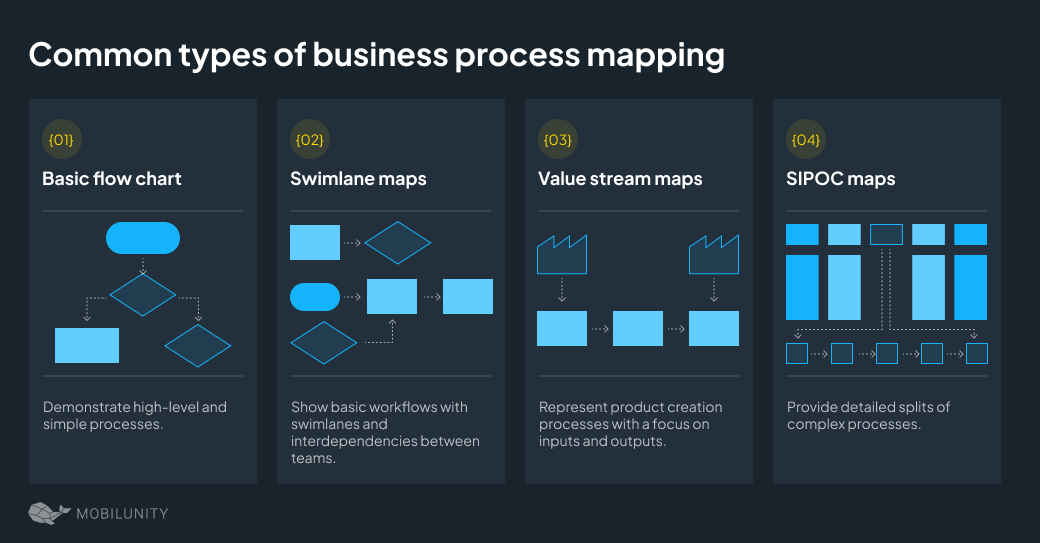
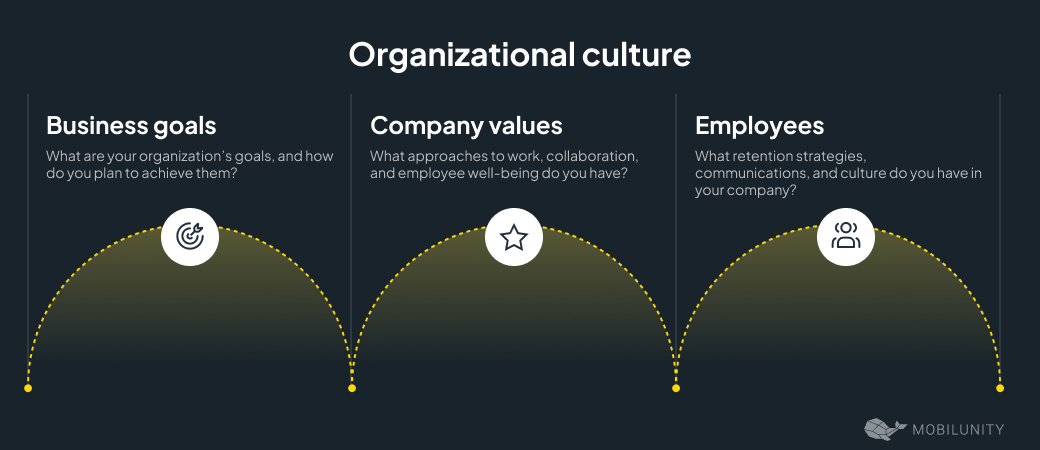
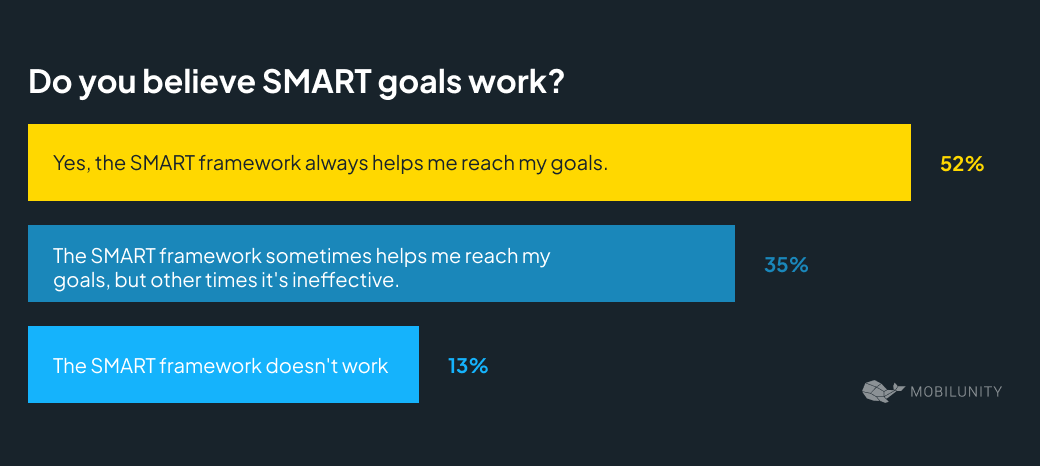
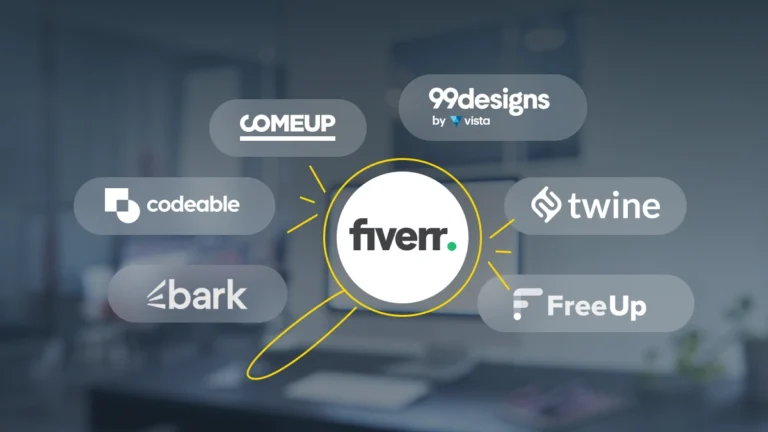
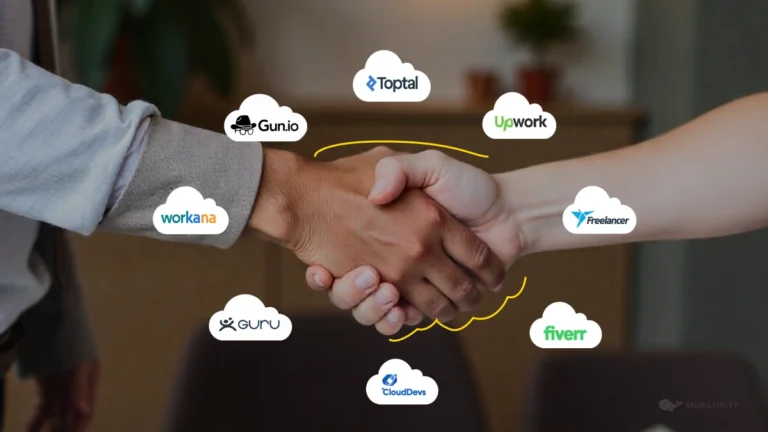












Insight
“Scale-focused companies achieve a 10.6% higher operating productivity over their rivals.” (Gartner)